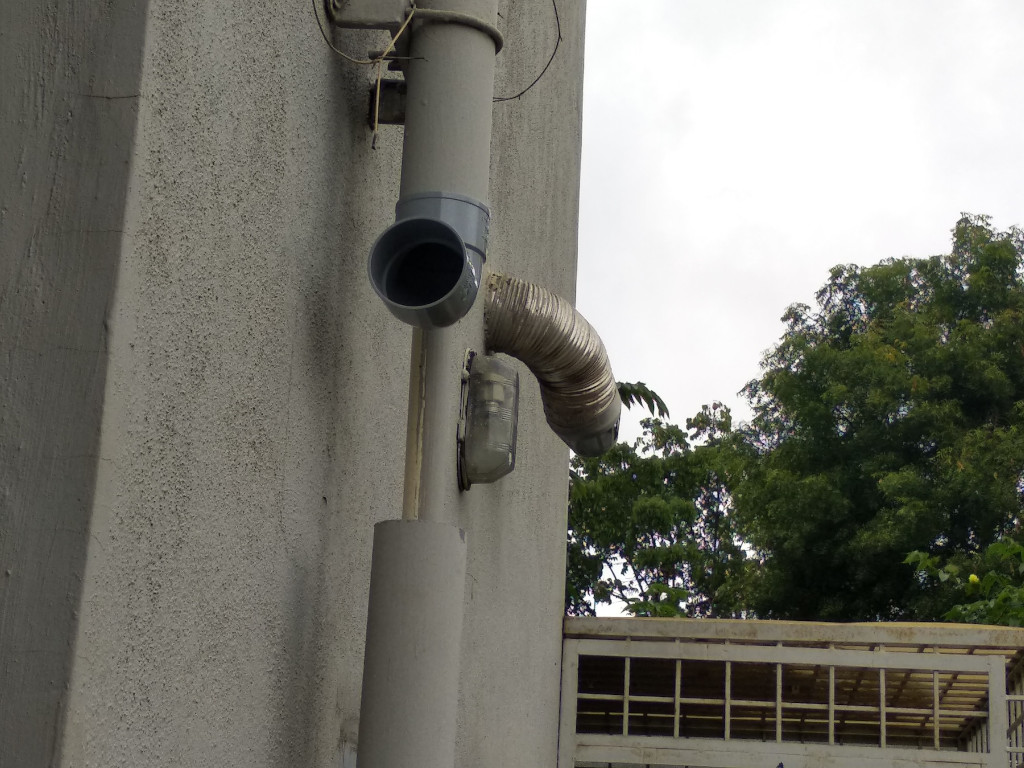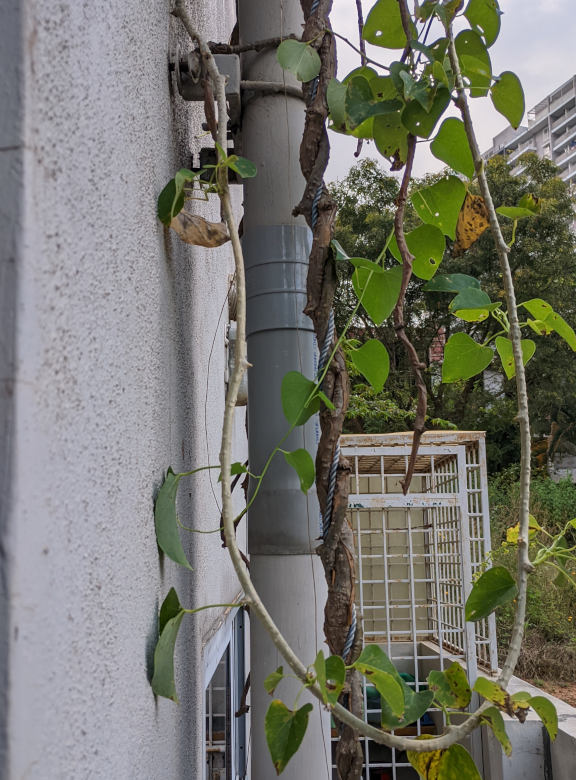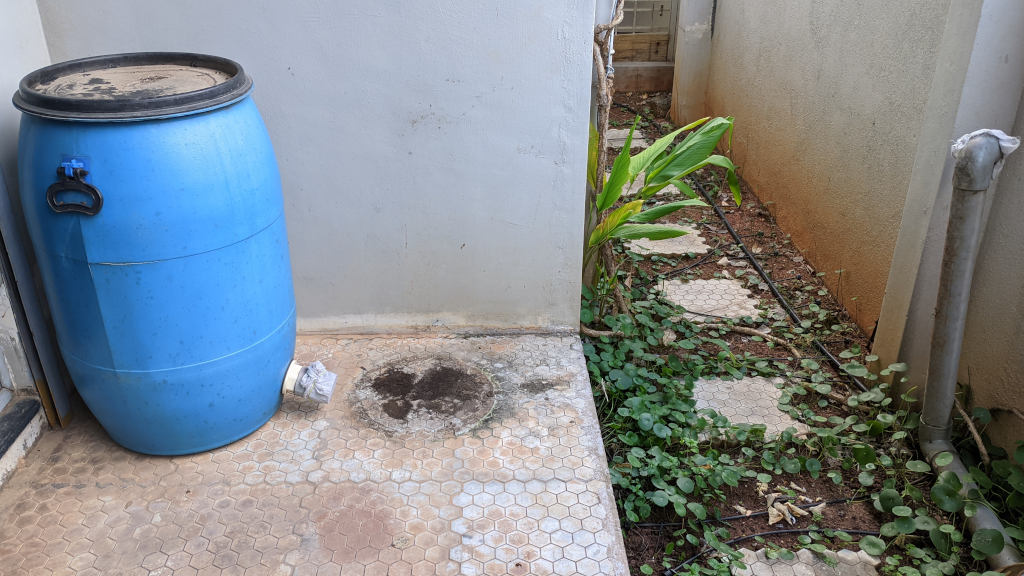Rain Water Harvesting Update
A long time ago, soon after I retired we build a DIY rain water harvesting at our place. We even made some upgrades along the way. Since it rains a lot here in Bangalore (or I should say used to rain a lot), we enjoyed a few good years of rain water harvest. For those of you who don’t know, there is huge water shortage here in Bangalore and any water we can save is extremely helpful. We generally use about 22 tankers of water in a year. But since setting up the rain water harvesting, it has reduced to almost half. Thus not only saving money but also water.
However, this project had to be shut down. We have had a few problems with the design and I did not have the bandwidth or know how to make it better. The first problem we had was that the rain water had very low TDS (total dissolved solids) almost approaching zero. For those of you who might not know what TDS is, basically it is a number which tells you the mineral deposits in the water. Too high of a TDS means you have hard water which causes stains to form in your bathroom (lime scale buildup) and not good for health too. A RO (reverse osmosis) purifier reduces these solids and makes the water better for drinking.
On the other hand, too soft of a water while good for your bathroom, can cause health issues too because your body needs minerals dissolved in water. That is why you see labels on distilled water bottles that inform you that you should not drink the water. However, lead acid batteries need distilled water and don’t like dissolved minerals. Anyway, as I said, the rain water has very low TDS and we typically have to mix regular tank water to balance out the minerals. This was becoming sort of an overhead for us. Every time there is rain we have to make sure the sump has at least 50% of regular water.
Another problem with rain water harvesting the way we have set it up is that we have to let a few minutes of rain water go to waste. You see, when it first starts raining, a lot of pollutants in the air get mixed up with the rain and falls on the roof. This initial rain water is filled with pollution and you can actually see a film of oil floating on top of it. So we have to wait for some 15-20 minutes to let go of the water and then collect the rest. When there is rain in the middle of the night (which is what happens most of the time), we have to wake up, wait for 20 minutes, then connect the pipes to the sump in the middle of the night disrupting sleep.
And because of the way our rain water harvesting system was designed, there is always a small gap in the cap of the sump and frogs or cockroaches would jump into the water. We covered the top of the sump with a cloth, but that would keep getting dirty and needs regular washing. As much as I like sustainable living, I felt that this was taking too much of our time. We need a better design and hopefully some day I will design it better than the way it is currently.
Basically my idea is that if we have a separate sump and tank that connects all the rain water to plumbing everywhere except to the kitchen and then have another sump and tank delivering water to kitchen for drinking purposes that would be great. But given how our house was constructed, making these alterations would be a lot of work but doable though. I weighed in the cost vs benefit analysis and decided against it. But in future, if we ever construct another house that should be the design. Have separate tank just for drinking water and rest of the house can use rain water. We learned a lot of useful lessons.
The final nail in the coffin is that one time we had a dead squirrel on top of our roof and the rain water became super stinky. We could not use the water and had to clean the terrace several times before being able to capture clean water. But from that point I knew for sure that we cannot continue to use the water in the kitchen. So unless we make modifications to our current system, we will discontinue the rain water harvesting. So a few days ago we finally returned the system to how it originally was. Basically all the rain water now just goes underground to recharge the water table and we are not using rain water anymore. Sad ending, but as I mentioned, a lot of lessons learned.

I connected back rain water harvesting pipe back to the way it was.
The tank that used to filter and collect rain water is now not being used any more.
That is the update for rain water harvesting. Will be giving a few more updates about other older projects in my upcoming posts.



